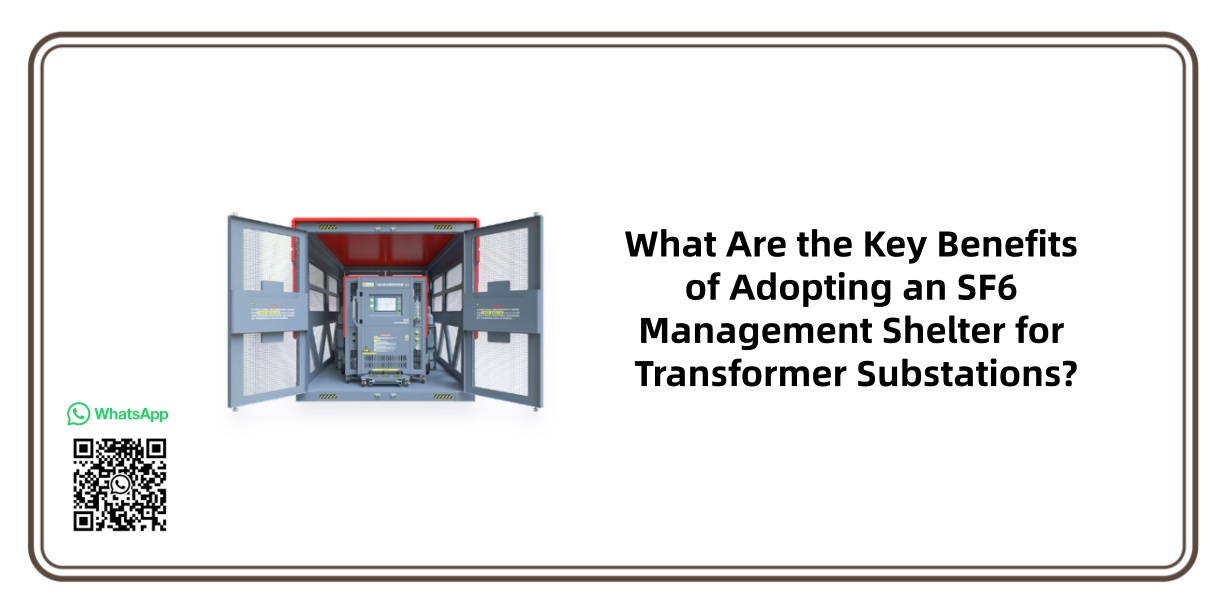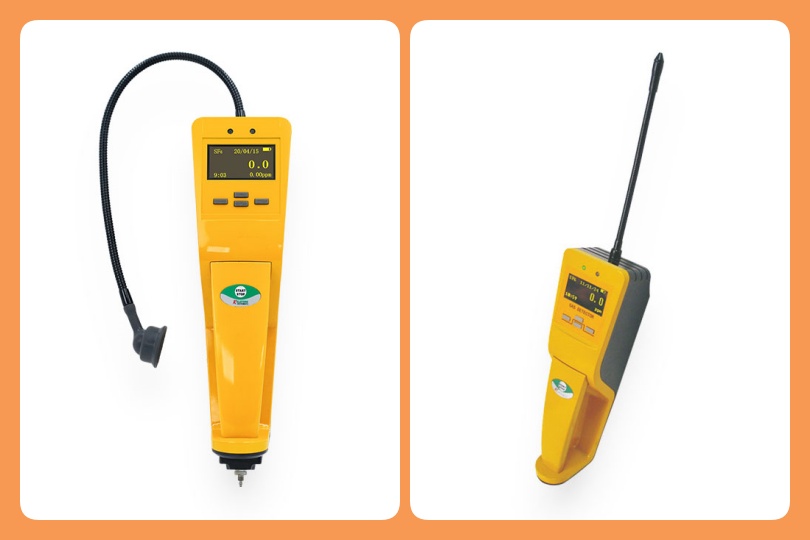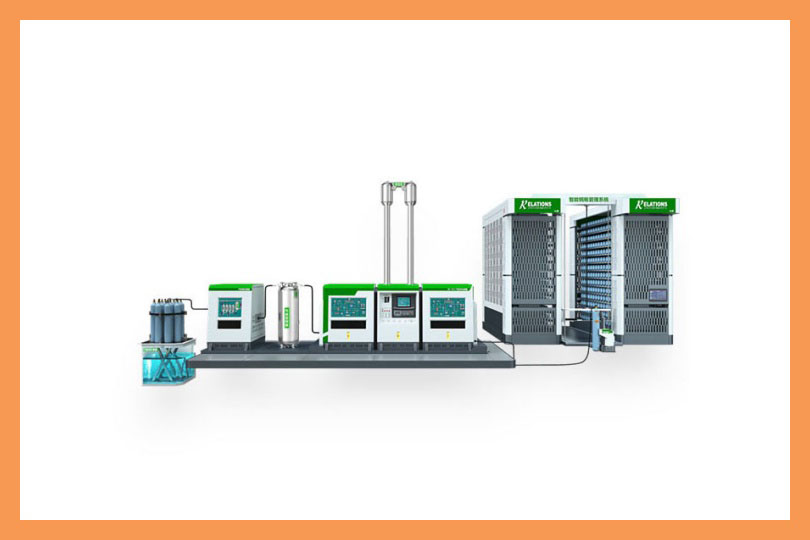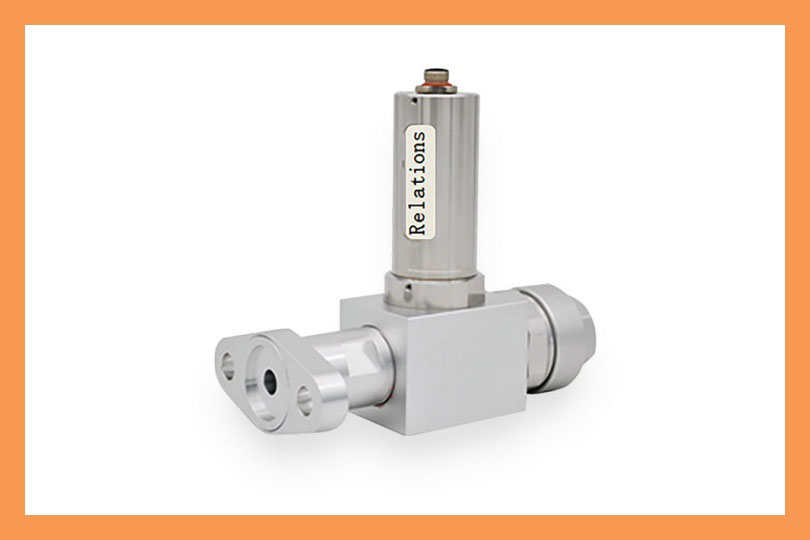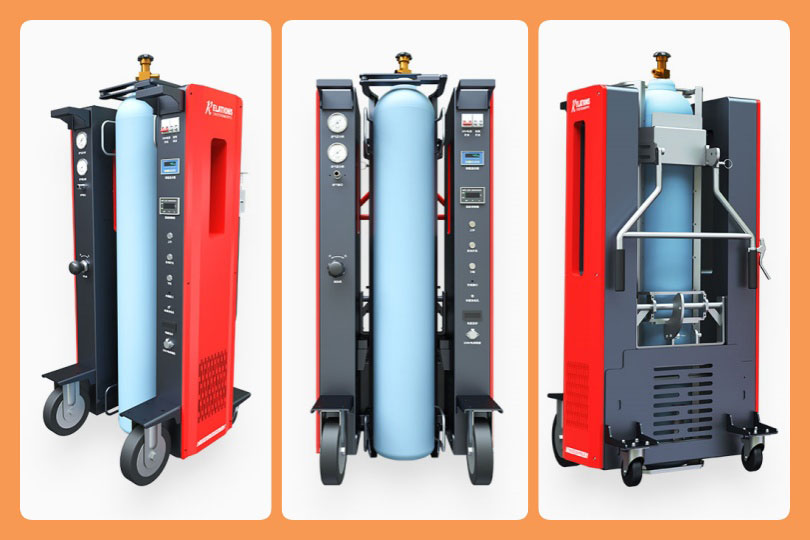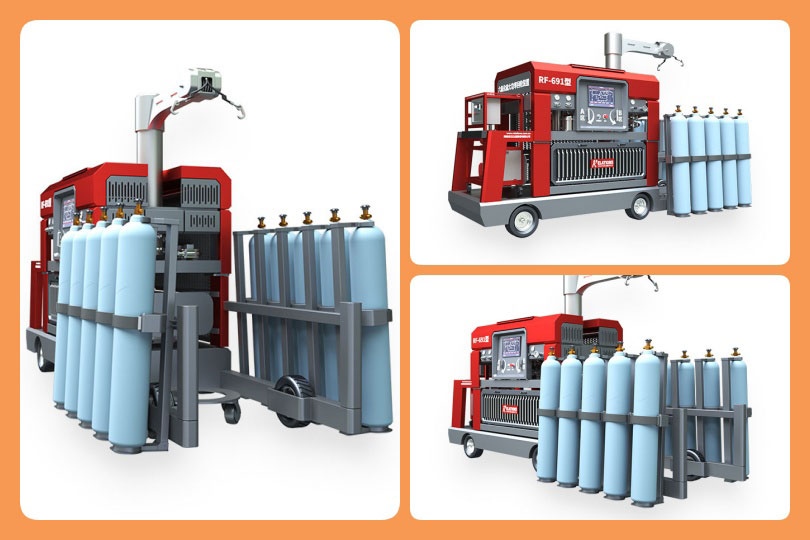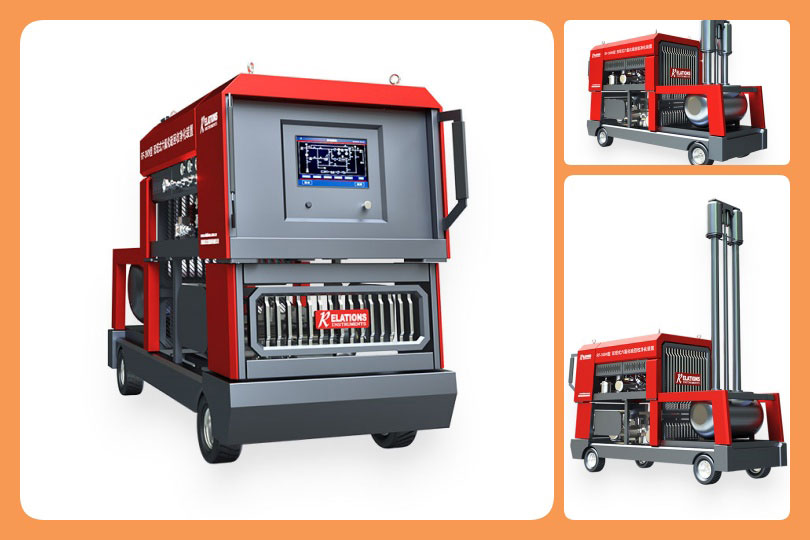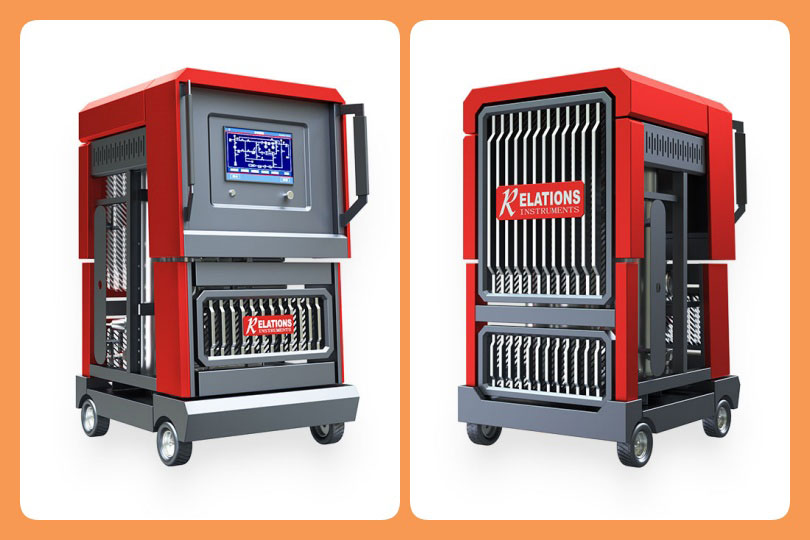What Are the Key Benefits of Adopting an SF6 Management Shelter for Transformer Substations?
Date
2025-09-25
[email protected]
Website
www.sf6gasdetector.com
Get Solutions And Quotes
What Are the Key Benefits of Adopting an SF6 Management Shelter for Transformer Substations?
SF6 (sulfur hexafluoride) gas is widely used in transformer substations for its excellent insulation and arc-extinguishing properties, making it critical for the stable operation of high-voltage equipment. However, SF6 is a potent greenhouse gas with a global warming potential (GWP) 23,500 times that of CO₂, and improper handling—such as leakage, improper storage, or unregulated disposal—poses severe environmental risks and safety hazards to on-site personnel. This is where the SF6 Management Shelter for Transformer Substations emerges as a game-changing solution, designed to centralize, monitor, and control SF6 gas throughout its lifecycle, ensuring compliance with environmental regulations and boosting substation operational safety.
Core Functions of SF6 Management Shelter for Transformer Substations
A well-designed SF6 Management Shelter integrates multiple functions to address the unique challenges of SF6 gas management in substations, making it an indispensable asset for modern power infrastructure:
1. Secure Gas Storage and Handling
The shelter provides a dedicated, sealed space for storing SF6 gas cylinders (both new and recycled) and related equipment (such as recovery pumps and filters). Unlike open-air storage, which exposes cylinders to extreme weather (high temperatures, rain, or corrosion) and increases the risk of cylinder damage or gas leakage, the shelter maintains a controlled environment. It also includes anti-collision fixtures and pressure-monitoring gauges to prevent accidental cylinder tipping or overpressure, minimizing leakage risks during storage and transfer.
2. Real-Time Leak Detection and Monitoring
Leakage is one of the biggest threats to SF6 management. Advanced SF6 Management Shelters are equipped with high-sensitivity gas sensors that continuously monitor the internal atmosphere for SF6 concentrations. If a leak is detected (even at levels as low as 10 ppm), the system triggers an immediate alarm (audible, visual, or remote) and automatically activates ventilation fans to expel the leaked gas, preventing it from accumulating to toxic levels. Some shelters also integrate with substation SCADA (Supervisory Control and Data Acquisition) systems, allowing remote monitoring of SF6 levels via a central control room—critical for unmanned or remote substations.
3. Environmental Control and Emission Reduction
To align with global environmental standards (such as the EU’s F-Gas Regulation and IEEE guidelines), the shelter incorporates SF6 recovery and recycling capabilities. When SF6 gas is drained from decommissioned or maintained equipment, it is channeled into the shelter’s recovery unit, where impurities (moisture, oil, or particulates) are filtered out. The purified SF6 is then stored in dedicated cylinders for reuse, reducing the need for new gas purchases and eliminating direct emissions into the atmosphere. This closed-loop system not only cuts operational costs but also helps substations meet carbon reduction targets.
4. Personnel Safety Protection
SF6 gas is non-toxic in normal concentrations but can displace oxygen in confined spaces, leading to asphyxiation. The SF6 Management Shelter addresses this by featuring oxygen level monitors alongside SF6 sensors. If oxygen levels drop below 19.5% (the safe threshold), the shelter’s ventilation system activates, and access doors are locked to prevent personnel entry—protecting workers from accidental exposure. Additionally, the shelter is designed with emergency exit routes and clear safety signage, ensuring quick evacuation in case of emergencies.
Key Advantages of Adopting SF6 Management Shelter for Transformer Substations
For substation operators and power utilities, investing in an SF6 Management Shelter delivers long-term value beyond compliance:
- Regulatory Compliance: With governments worldwide tightening restrictions on SF6 emissions (e.g., mandatory leak detection and reporting), the shelter ensures substations meet legal requirements, avoiding fines and reputational damage.
- Cost Savings: By recycling SF6 gas instead of purchasing new supplies, utilities can reduce gas procurement costs by up to 40%. The shelter also lowers maintenance costs by preventing equipment damage caused by unregulated gas handling.
- Operational Efficiency: Centralizing SF6 management in a single shelter eliminates the need for scattered storage and manual monitoring, streamlining workflows for substation staff. Remote monitoring capabilities further reduce on-site inspection frequency, saving time and labor.
- Environmental Responsibility: By minimizing SF6 emissions, substations contribute to global climate goals, enhancing the utility’s sustainability credentials—a key factor for stakeholders and customers in today’s eco-conscious market.
How to Choose the Right SF6 Management Shelter for Transformer Substations
Not all SF6 shelters are created equal. To select the best solution for your substation, consider the following factors:
- Capacity and Customization: Choose a shelter size that matches your substation’s SF6 usage (e.g., number of cylinders, recovery equipment). Reputable manufacturers offer custom designs to fit limited space or specific operational needs.
- Sensor and Monitoring Technology: Opt for shelters with calibrated, high-precision SF6 and oxygen sensors. Look for features like data logging (to track leak history) and remote alert integration (via SMS or SCADA) for 24/7 oversight.
- Durability and Weather Resistance: The shelter should be built with corrosion-resistant materials (e.g., galvanized steel, fiberglass) to withstand harsh substation environments (extreme temperatures, humidity, or chemical exposure).
- Compliance with Standards: Ensure the shelter meets international standards such as IEC 60480 (SF6 gas handling) and OSHA guidelines for confined space safety. This guarantees reliability and adherence to global best practices.
Maintenance Tips for Long-Term Performance
To maximize the lifespan and effectiveness of your SF6 Management Shelter, follow these maintenance practices:
- Regular Sensor Calibration: Calibrate SF6 and oxygen sensors every 6–12 months to ensure accurate readings.
- Ventilation System Checks: Inspect fans and air filters quarterly to prevent blockages and ensure proper airflow.
- Cylinder and Equipment Inspection: Check gas cylinders for damage or corrosion monthly, and service recovery pumps and filters annually.
- Data Review: Analyze leak detection logs periodically to identify patterns (e.g., frequent leaks from specific equipment) and address root causes.
The SF6 Management Shelter for Transformer Substations is no longer a luxury but a necessity for modern power utilities. By centralizing gas storage, enabling real-time leak detection, reducing emissions, and protecting personnel, it addresses the dual challenges of operational safety and environmental compliance. As the power industry continues to prioritize sustainability and efficiency, investing in a high-quality SF6 Management Shelter is a strategic decision that delivers long-term cost savings, regulatory peace of mind, and a reduced carbon footprint. For substation operators looking to optimize their SF6 management, selecting a shelter tailored to their needs—backed by reliable technology and compliance with global standards—is the first step toward a safer, greener, and more efficient power infrastructure.
